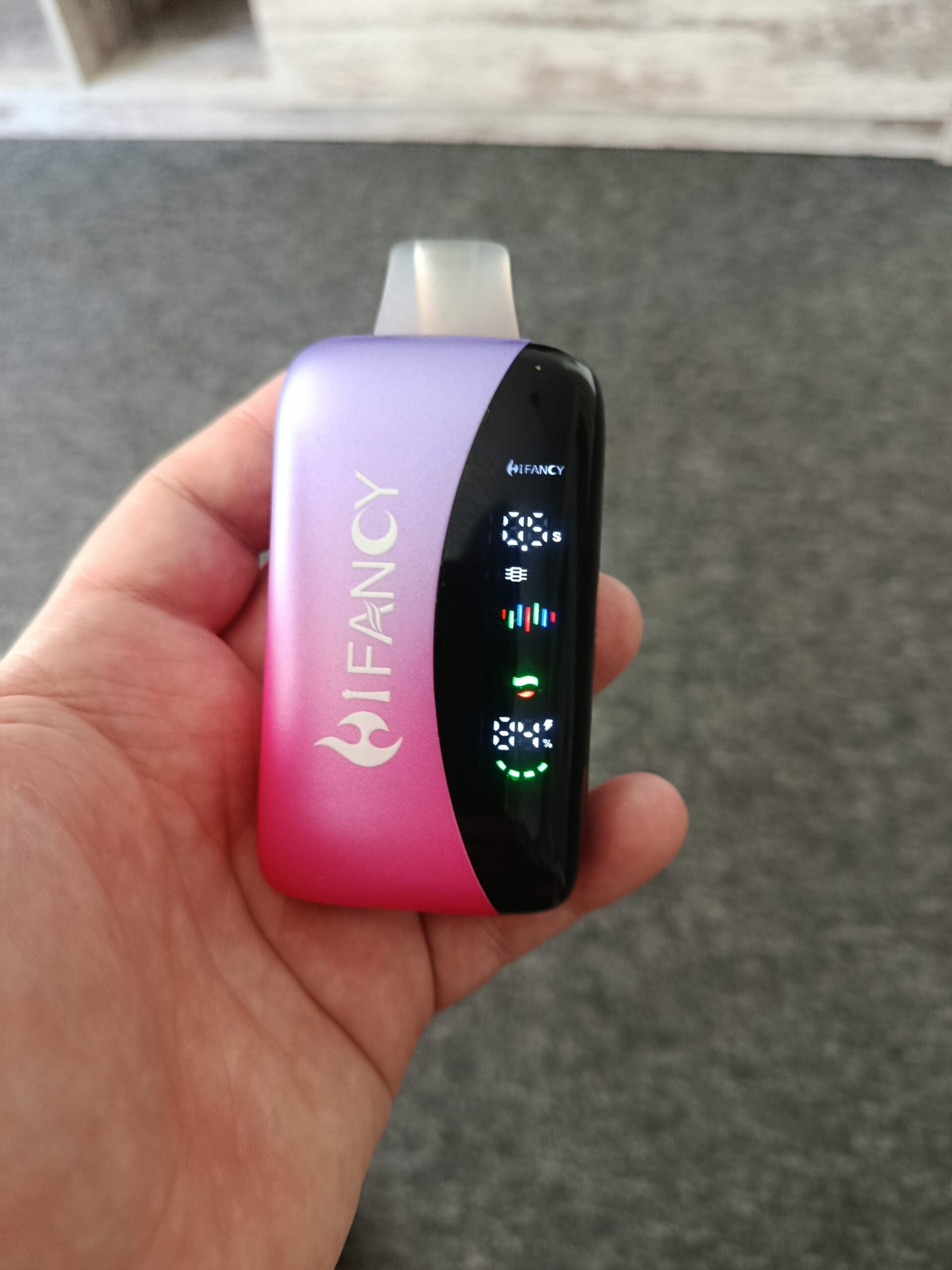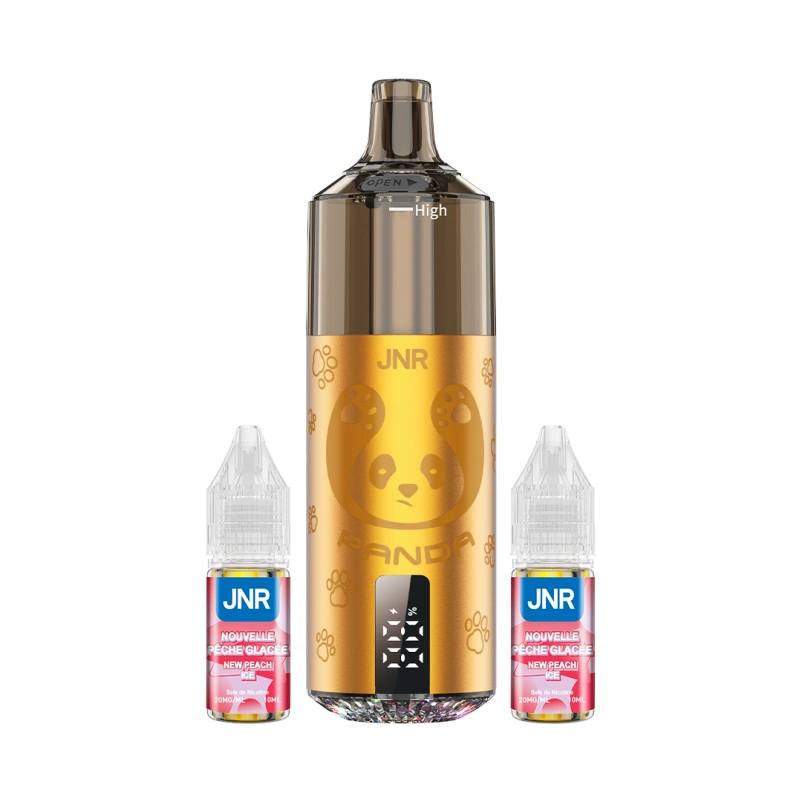Κατευθύνσεις καινοτομίας της τεχνολογίας του ηλεκτρονικού τσιγάρου

Emerging Innovation Directions in Electronic Cigarette Technology: Enhancing Safety, Sustainability, and User Experience
The electronic cigarette industry continues to evolve through technological advancements aimed at addressing consumer demands, regulatory pressures, and environmental concerns. Innovations now focus on improving safety, reducing ecological impact, and delivering personalized experiences, positioning the sector at the intersection of health tech and consumer electronics.
Advancing Safety Through Intelligent Hardware Design
Safety remains a paramount concern in e-cigarette development, driving innovations in hardware to mitigate risks associated with battery failure, overheating, and accidental leaks. One key area of focus is the integration of smart sensors that monitor device performance in real time. These sensors can detect irregularities, such as excessive voltage or temperature spikes, and automatically adjust settings or shut down the device to prevent malfunctions. By incorporating machine learning algorithms, future devices may predict potential issues based on usage patterns, offering proactive safety alerts to users.
Another critical innovation is the development of leak-proof and child-resistant designs. Manufacturers are experimenting with advanced materials, such as silicone seals and magnetic closures, to create airtight compartments for e-liquids. Additionally, biometric authentication methods, like fingerprint scanning or facial recognition, are being explored to restrict access to devices, addressing concerns about underage use. These features not only enhance safety but also align with global regulatory standards, helping brands navigate stricter compliance requirements.
The use of eco-friendly materials in hardware construction is also gaining traction. Biodegradable casings, recyclable batteries, and modular components that extend device lifespan are being prioritized to reduce electronic waste. Brands that adopt these practices position themselves as leaders in sustainable innovation, appealing to environmentally conscious consumers.
Precision in Nicotine Delivery and Personalization
Technological advancements are enabling more precise control over nicotine delivery, catering to diverse user needs ranging from smokers seeking cessation support to enthusiasts exploring recreational vaping. Innovations in coil technology, such as mesh and ceramic designs, allow for even heating of e-liquids, ensuring consistent vapor production and flavor quality. This consistency is crucial for users transitioning from traditional cigarettes, as it replicates the familiar experience while reducing harmful byproducts.
Customization is another frontier, with devices offering adjustable airflow, wattage, and temperature settings to suit individual preferences. Some prototypes even incorporate haptic feedback or LED indicators to guide users through optimal usage patterns, enhancing the learning curve for beginners. The rise of nicotine salt formulations, which provide smoother throat hits at higher concentrations, has further expanded personalization options, allowing users to tailor their intake without compromising comfort.
Digital integration is transforming e-cigarettes into connected devices. Mobile apps paired with smart vapes enable users to track nicotine consumption, set usage limits, and receive personalized recommendations based on their habits. These tools empower consumers to make informed decisions about their health while fostering a sense of control over their vaping experience. Over time, such data-driven insights could support larger public health initiatives by providing anonymized usage patterns to researchers studying smoking cessation trends.
Sustainability-Driven Innovations in E-Liquid and Packaging
The environmental impact of e-cigarettes extends beyond hardware, prompting innovations in e-liquid production and packaging. Researchers are developing plant-based nicotine alternatives derived from sustainable sources, such as tobacco waste or genetically modified yeast, to reduce reliance on traditional agricultural methods. These bioengineered solutions not only lower carbon footprints but also minimize exposure to pesticides and other chemicals associated with conventional tobacco farming.
Packaging innovations are equally vital. Brands are experimenting with refillable pods and cartridges to minimize single-use plastic waste, while others are introducing compostable or recyclable materials for outer packaging. Some companies are even adopting a “closed-loop” model, where users return used components for recycling in exchange for discounts on future purchases. This circular economy approach aligns with global sustainability goals and resonates with consumers prioritizing eco-friendly choices.
Water-based e-liquids represent another promising innovation, offering a less viscous alternative to traditional propylene glycol and vegetable glycerin blends. These formulations produce fewer harmful byproducts when heated and are biodegradable, addressing both health and environmental concerns. While still in early stages, their potential to reduce respiratory irritation and ecological harm makes them a focal point for future R&D.
Health Monitoring and Wellness Integration
The convergence of vaping technology with health monitoring is opening new avenues for innovation. Devices equipped with sensors to analyze exhaled breath could one day detect biomarkers for conditions like dehydration or stress, providing users with real-time feedback on their well-being. Such features would position e-cigarettes as holistic wellness tools rather than mere nicotine delivery systems, appealing to health-conscious demographics.
Partnerships with medical institutions are also driving innovation in smoking cessation support. For instance, some brands are exploring the integration of cognitive behavioral therapy modules into their apps, offering guided programs to help users quit smoking. Others are collaborating with researchers to study the long-term effects of vaping, using anonymized data from connected devices to refine harm reduction strategies. These efforts not only enhance product credibility but also contribute to broader public health knowledge.
The potential for e-cigarettes to deliver therapeutic compounds beyond nicotine is another area of exploration. Early-stage research is investigating the use of vaping devices to administer medications for asthma or chronic pain, leveraging their efficient aerosolization capabilities. While regulatory hurdles remain significant, such innovations could redefine the role of e-cigarettes in healthcare over the next decade.
Συμπέρασμα
Electronic cigarette technology is evolving rapidly, driven by demands for safety, sustainability, and personalization. Innovations in intelligent hardware, precision nicotine delivery, eco-friendly materials, and health integration are reshaping the industry’s trajectory. As brands continue to invest in R&D, the focus will likely shift toward creating holistic solutions that prioritize user well-being while minimizing environmental impact, ensuring long-term relevance in a competitive market.











